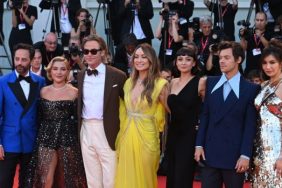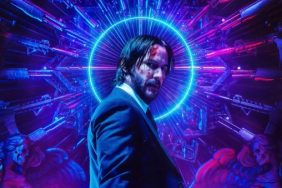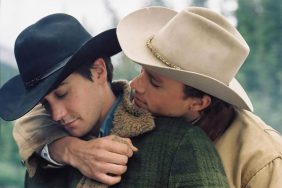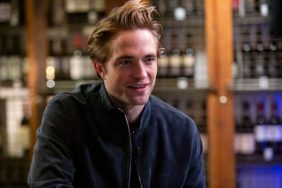
CraveOnline: We’re focusing so much on the ending, and I want to look at the beginning. The beginning of the film for me is where the film’s length became such an asset, because it felt like we were living with Adèle in rather normal circumstances for so long that when she finally did meet the right woman and they did have sex it held the significance it would hold in real life instead of feeling like a plot point. I was wondering if that was the intention.
Abdellatif Kechiche’s Translator: It’s really part of what he wanted to do, is that he wanted us to know Adèle and know her well, and know her intimately and know her in her solitude as well. There’s an identification process that is established, and then by the time she meets Emma we the spectator know her better than the other character. So then we go through the experience along with her. Something that he’s careful about is creating this process of identification, and therefore we’re with the character and all the changes she undergoes.
I was reading about the press conferences at Cannes, and Adèle Exarchopoulos was discussing all the moments that were removed that were more plot heavy, like her character coming out to her parents, or an earlier subplot with an abortion. Was it just feeling too much like a “story,” or was there a grander reason why those plot points didn’t make it into the final cut?
It was very intentional to remove that scene, for example, where she comes out to her parents [even though] it was shot, because from the beginning he wanted to remove any kind of statement. It is not a statement about homosexuality. It’s a love story. So some of these scenes, how they were played out and how they were should, they would have been that sense that he is making a statement about homosexuality and even the political dimension of that. By removing it, it just preserved the film from launching into that, which he didn’t want to do, and preserved the character as a person.
I got that sense from the film, that it wasn’t trying to make a statement. That’s why I originally curious about the change in title to something that sounds more like a metaphor or a philosophy, something a bit more profound. I don’t know if you had anything to add about that.
Beyond that, I would like to ask about your filmmaking style in one scene in particular. You seem to stay away from making a movie. It feels very natural. But there are a few moments, one at the party scene where there is a silent film in the background, where there is a rack focus to the actress in the film within a film. I was wondering if that was discovered or highly intentional.
[Abdellatif Kechiche laughs] So you picked out this one moment, and it actually was a moment, you would say a “cinematic” moment, because it was a transition where the story was going to take another turn. She is in this party and there is something very aesthetic, it’s an aesthetic moment to go from the image of Louise Brooks to the face of Adèle. There was kind of a turn in the narrative, so [there was] a pleasurable aspect, a playfulness to play with these two images: the dancing on screen, and in the party as well in the frame and what you’re seeing [Adèle] do. So there’s a little quality of homage in that moment to the cinema that has informed him, and that he likes, and also just signaling that the story is taking a turn. It is kind of a cinematic turn.
It’s interesting to me as well, because that scene is filled with artists and that is a large part of Emma’s world. And you have to decide on camera what their art is going to look like. How it’s going to express Emma’s character. Can you share your thoughts on how her art came into being and why it was exactly the way it was?
He wanted to find art that communicated a sense of identity, so he actually met with various female artists and ended up selecting this one particular woman who was creating something [in such a way] that you could see that Emma was searching for a sense of identity through the work, but also that Adèle would be also depicted in the painting. Even if a love story ends, a work of art remains. That was something that he liked about that, that there’s this object that represents their love affair.
William Bibbiani is the editor of CraveOnline’s Film Channel and co-host of The B-Movies Podcast. Follow him on Twitter at @WilliamBibbiani.








